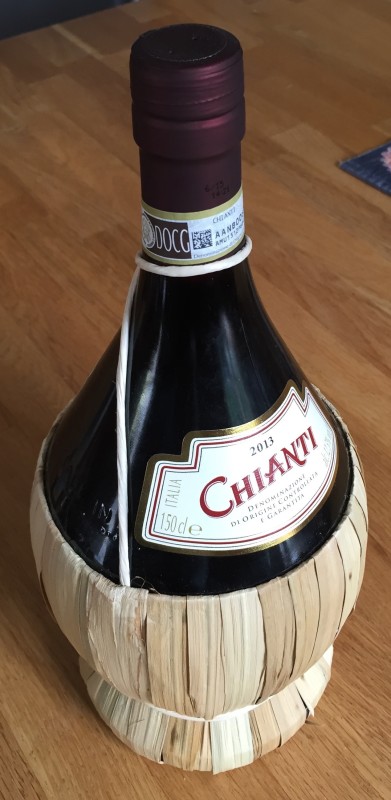What size drink would you like?
I enjoy cooking and like to try new things from time to time, as well as preparing old favorites. Normally I look for a recipe and the obvious place that I start is the Internet. The result is that many recipes that I find are American, which can mean that ingredients are unavailable or have odd names, but I can generally get around that. It also means the measurements are unfamiliar. Temperature is in Farenheit, weights are in ounces and liquids might come in fluid ounces. However, they might come in cups …
When I am trying a new recipe, I generally try to follow the instructions accurately the first time. Once I have a feel for the dish, I can start to adapt it and know what is critical and what is optional. So, measurements matter and cups drive me crazy. Firstly, I have no clear idea how big a cup is. I assume it is a certain number of fluid ounces, but that is not something I can ever pin down definitively. Second, numerous ingredients are specified by the cup – i.e. a measure of volume – when using weight would make much more sense, as their density is less stable. I am thinking of dry goods like flour or sugar. I suppose this is a cultural thing and I am curious about the history, but it is not a showstopper for my cooking. Pondering the subject did get me thinking about measurements more generally.
In the UK we are mostly metric, but not quite. Certain products are still traditionally sold in “imperial” units – particularly some liquids. Milk, for example, is almost always sold in pints, with 1, 2, 4 and 6 pint containers being common. Sometimes it is in liters – a 2 liter container looks a lot like 4 pints, but contains less. Am I sounding cynical? Incidentally, a UK pint is [rather oddly] 20 ounces instead of the more logical 16 ounces [= 1 pound] in the US.
Beer – draft beer in particular – is always sold by the pint. In fact, a reference to drinking a pint tends to mean beer, even if the product is not specified. Half pints are sold too. Actually, I know of a small chain of bars that sell all their beers by one-third, half, two-thirds or a full pint. If you buy a keg of beer for a party, for example, it might be 72 pints [9 gallons], which is called a firkin. Half this size [for a less exciting party] is called a pin.
Interestingly, wine [in a bottle] seems to be sold in metric measures worldwide [even in the US]. Nowadays a bottle is always 0.75 liters. In the past, 0.7L bottles were also common, but seem to have died out. The type of bottle with a large dent in the bottom use to be considered a good way to hide the reduced capacity. In France, I believe such a bottle was called “un voleur” [= thief]. Glasses of wine come in a selection of sizes 125ml, 175ml and 250ml being possibilities.
 Although a “bottle” of wine is a fixed size, there are actually a number of possible variations of multiple bottles. Everyone has heard of a Magnum of Champagne, for example, but it is less well known that this size [= 2 bottles] is also an option with many wines. In fact, there is a whole range of possibilities:
Although a “bottle” of wine is a fixed size, there are actually a number of possible variations of multiple bottles. Everyone has heard of a Magnum of Champagne, for example, but it is less well known that this size [= 2 bottles] is also an option with many wines. In fact, there is a whole range of possibilities:
- Split = one quarter bottle
- Half = half bottle
- Bottle = 75cl
- Magnum = 2 bottles
- Jeroboam = 4 bottles
- Rehoboam = 6 bottles
- Methuselah = 8 bottles
- Salmanazar = 12 bottles
- Balthazar = 16 bottles
- Nabuchadnezzar = 20 bottles